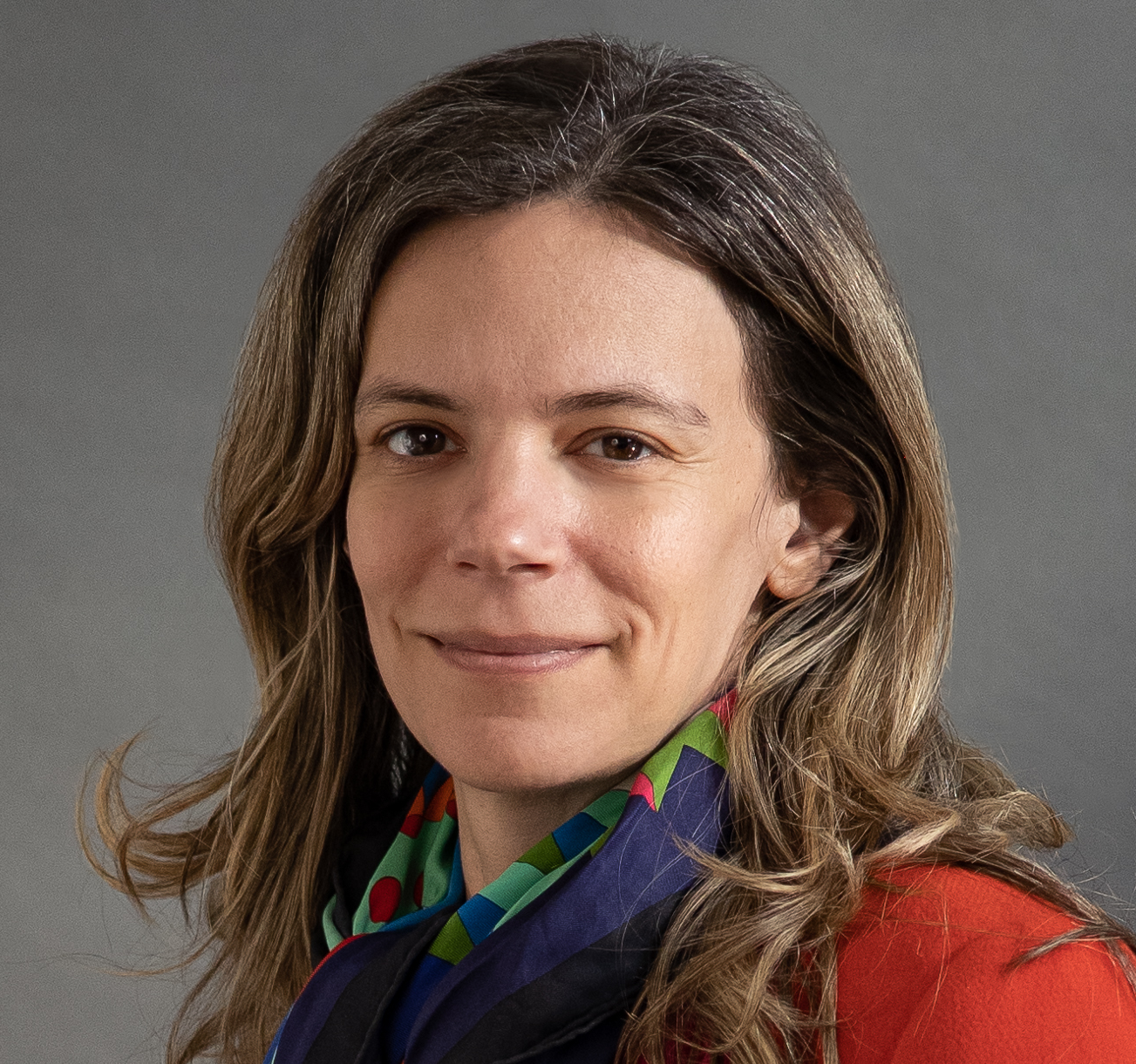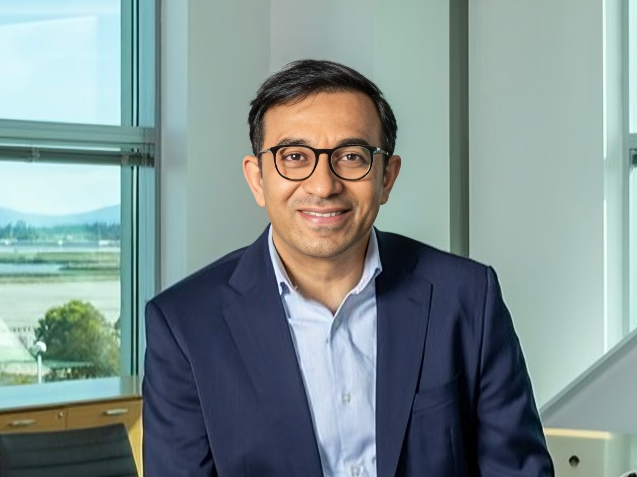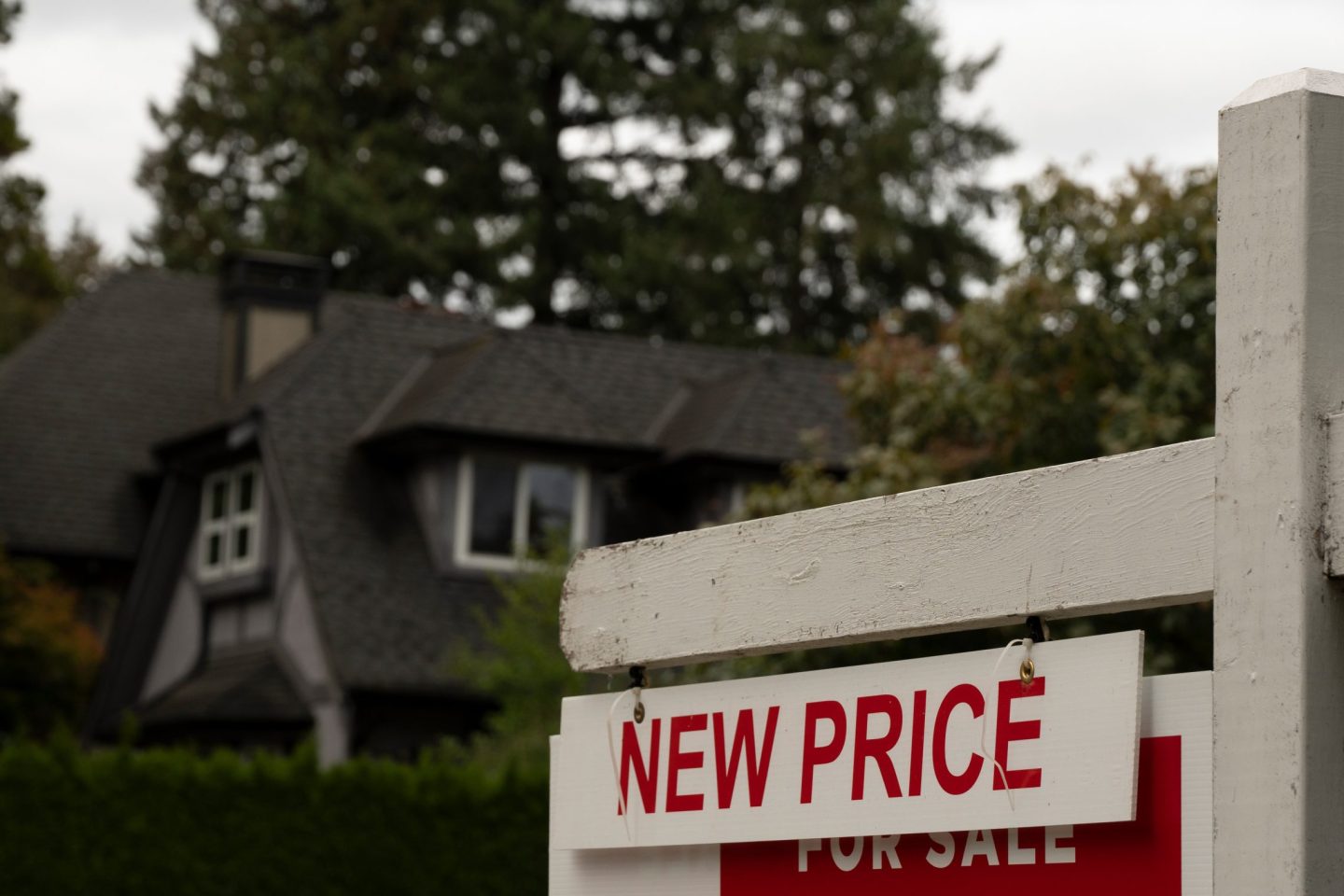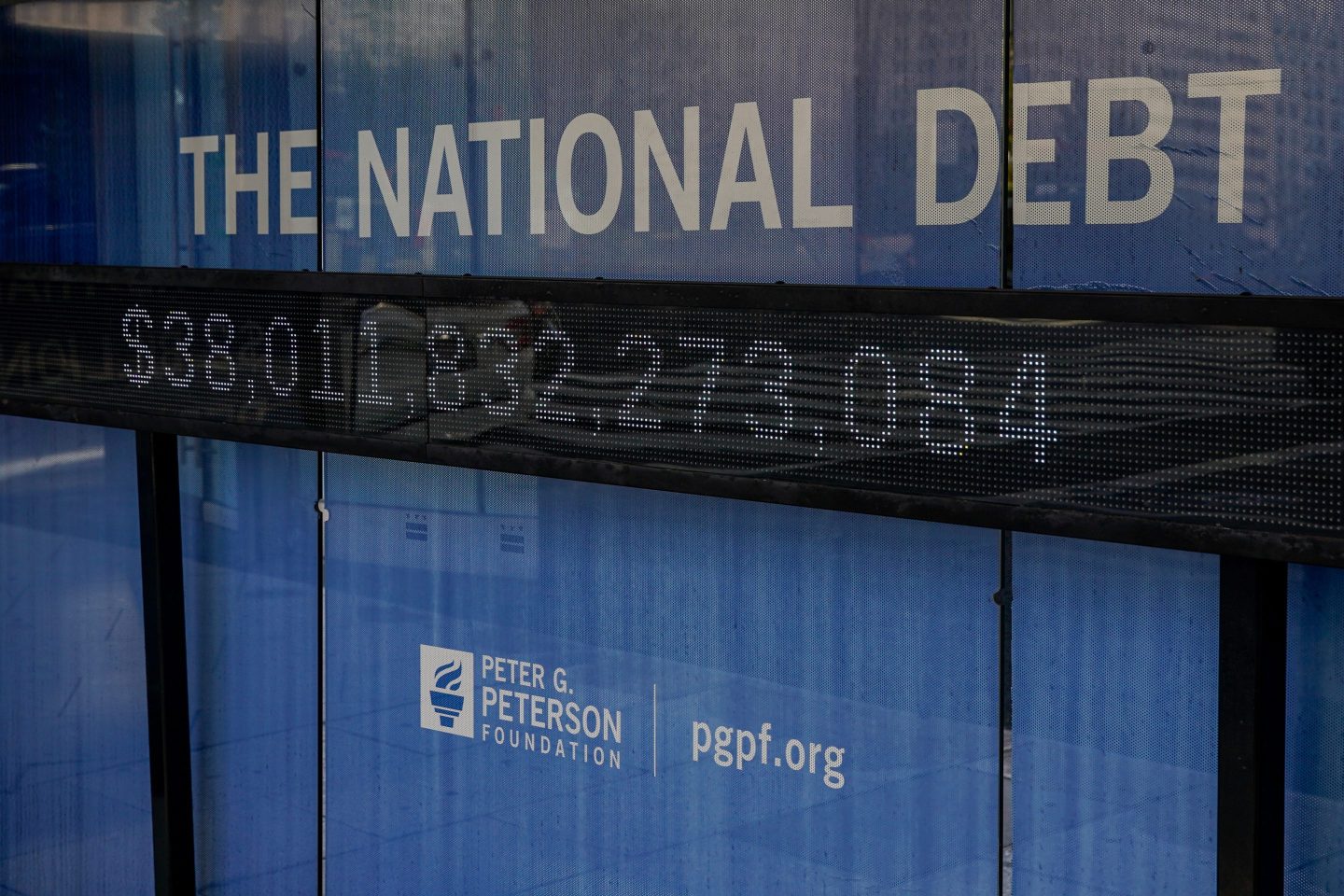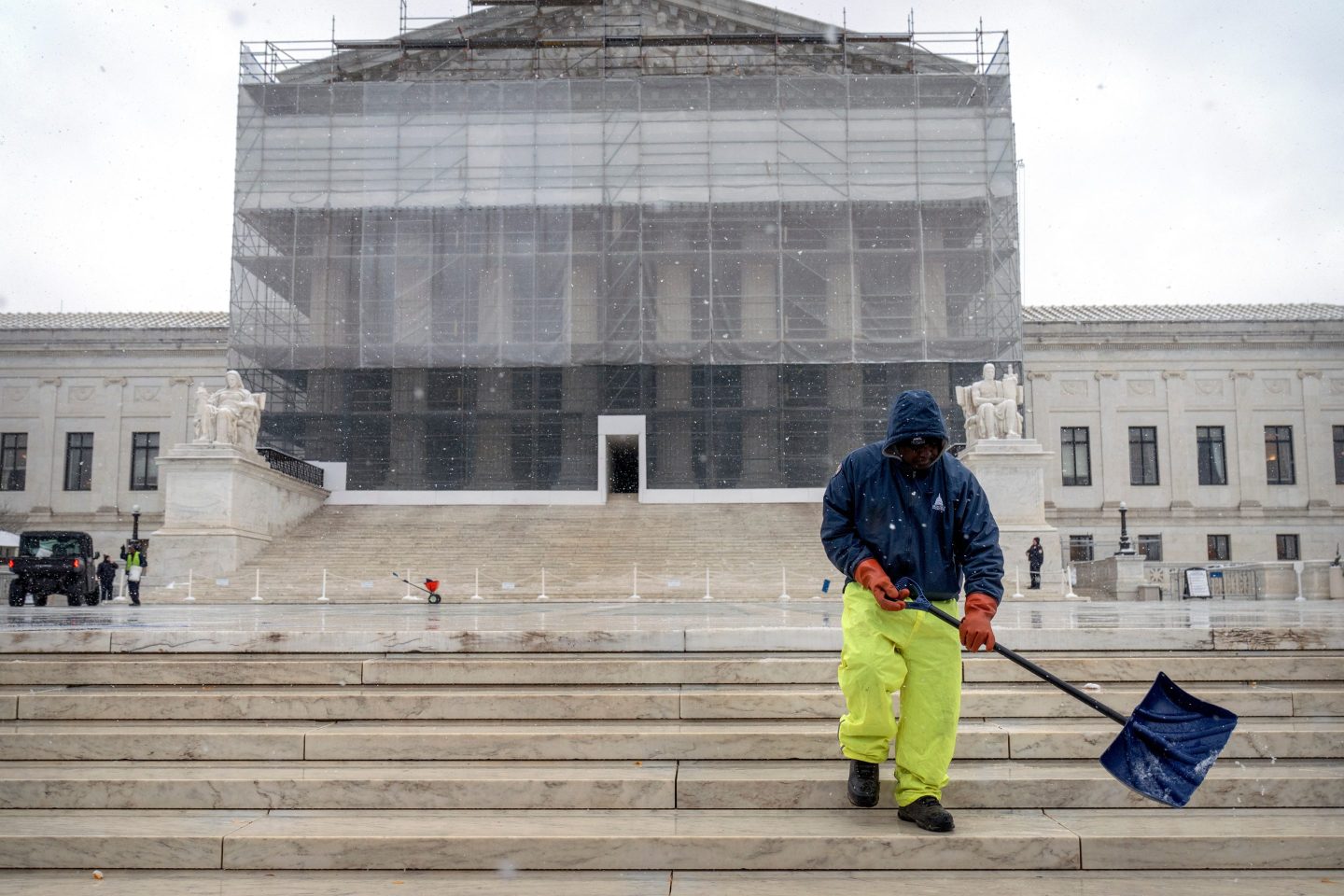Recently, my company, XPANCEO, closed a $250 million Series A round at a $1.35 billion valuation. It was the largest Series A ever raised in the MENA region, and the largest in the AR/VR and wearables spaces worldwide.
But the real story here is what this round reveals about the state of venture capital today. Raising $100 million has, in many ways, become easier than raising $1 million.
Venture capital has quietly inverted. The early-stage checks that once launched bold ideas have gradually disappeared, while capital continues to flow, if you can survive long enough to earn it.
The venture capital hourglass
In the 2000s and 2010s, small funds and angel syndicates thrived. Tens of millions of dollars were freely distributed, and founders armed with a pitch deck and big dreams could walk out of a meeting with $250,000. The assumption was simple. In a fast-growing internet economy, a small bet on the right team could scale into something extraordinary.
Conviction funding is gone. Investors now expect founders, especially in deep tech, to show working hardware, patents, early traction, and a clear roadmap just to be considered. This is what I call the “hourglass effect.” At the top, massive pools of capital remain eager to back proven winners. At the bottom, scrappy individuals still chase ideas. The middle — traditionally where seed and early Series A funding helped promising startups survive the “valley of death” — has thinned out. Instead of nurturing bold concepts through this early stage, investors are now implicitly asking that entrepreneurs crawl through it alone.
From conviction to caution
Why is early-stage funding dwindling? First, the market matured. Two decades ago, a startup could add millions of new users. Today, Facebook competes with platforms like Twitch and Reddit for the same finite base. Growth now comes from stealing market share, not from adding new users. The same is true across industries — content platforms, computers, or smartphones.
Second, scandals have scarred the system. Ventures like Theranos and Nikola became shorthand for unchecked hype. Investors began to fear not only fraud, but also the “serial fund-raiser” — a founder who raises capital, lives off it, burns cash, and repeats the cycle without ever turning a profit or building durable value.
Finally, safer, faster-growing alternatives emerged. Why wire $250,000 into a seed-stage company when it feels like a gamble and you could ride a rocket in the public markets with Tesla during COVID or with NVIDIA now?
Market inevitability as the only proof
For deep tech founders, the stakes of this early-stage funding crunch are higher. A software startup can point to user / revenue metrics to demonstrate “product-market fit.” Deep tech ventures cannot. Their only path is demonstrating market inevitability. You need to show that the problem you are solving must be solved, and that your approach is credible enough to get there.
Here, evidence is what gets founders through the door. Patents, prototypes, and scientific validation don’t necessarily prove that there is a market today, but they prove you can move from theory to execution. This trust and credibility have become the way into serious conversations.
The recent wave of nine-figure rounds — OpenAI, Perplexity, Anthropic — reflects this extreme filtering. Larger amounts of capital come from investors who are willing to pay a higher risk premium for a company that has already proven to have solid odds of success. This is driving the boom around AI.
The ladder of needs
These biggest players now sit at the top of what I describe as a ladder of needs, together with hardware manufacturers. Around them is XR, positioned as the interface layer for the next generation of computing. AI is treated as the foundation, so to say as a system that interacts with users through multiple interfaces.
Capital follows accordingly. Valuations in the hundreds of billions and investments in the hundreds of millions (sometimes billions) are justified by the hope that these ventures will be ultimately acquired by larger companies.
The effects of this reach beyond the capital markets. At a recent wedding, I met several people who had moved to Los Angeles during the pandemic. Now, driven by AI FOMO, they are looking to move back, either to get jobs at firms like Google or to build their own AI ventures. At least there’s a silver lining — San Francisco’s housing market is heating up again, so now the overpriced coffee isn’t the only thing thriving.
How the companies of 2030 can survive the first ‘valley of death’
So, in this landscape, what can early-stage founders do? The fundamentals are the same, but the bar is higher. Founders must be willing to invest personal resources until the point where they can build a prototype, secure a patent, or showcase some tangible progress. The era of “we need $2 million to hire McKinsey to write a report on how to test our first hypotheses” is over. Investors want evidence, not theory.
I actually see this trend as positive. It’s a natural filter — one that rewards founders who are determined, goal-oriented, and stubborn enough to carry the load. Using your own grit and determination, your own savings, friends and family, even mortgaging apartments and cars if needed, you crawl your way to your product.
Survival depends on four pillars. Founders must articulate a clear vision of the future and how their product fits into it. Then, they need a team capable of delivering that vision. The third essential is a very clear roadmap — broken down into the maximum number of achievable milestones, with a concrete plan for what comes next at each point. And the final — and very important one — is persistence. More than ever, entrepreneurs must have the will to keep moving, especially when momentum slows.
In the past, a company could raise capital while lacking one of these. Today, the absence of any can end the journey. The first years of a startup’s life have become a test of all four. And only after real progress do investors begin to believe.
The truth is that the most valuable companies of the 2030s won’t come from inside the system — they’ll come from the outsiders who endured long enough to earn belief. It is belief, after all, that has always driven venture capital. Every dollar raised is an act of faith in a version of the future. What has changed is the burden of proof. The first dollar is the hardest, and every subsequent milestone is a test of whether the future you describe is one the world is prepared to trust.
The opinions expressed in Fortune.com commentary pieces are solely the views of their authors and do not necessarily reflect the opinions and beliefs of Fortune.

